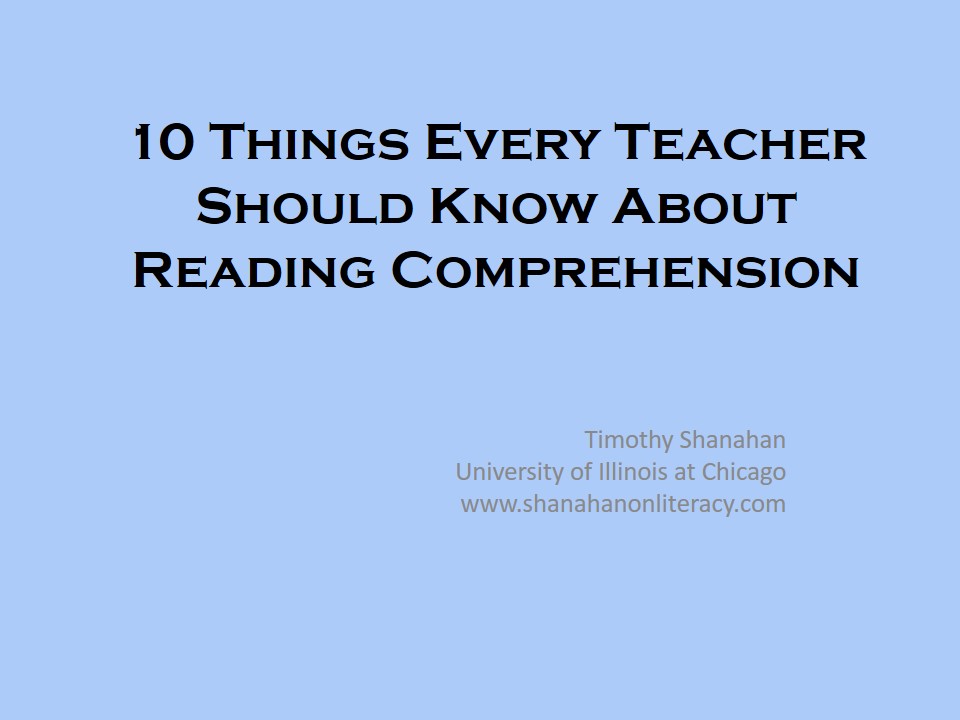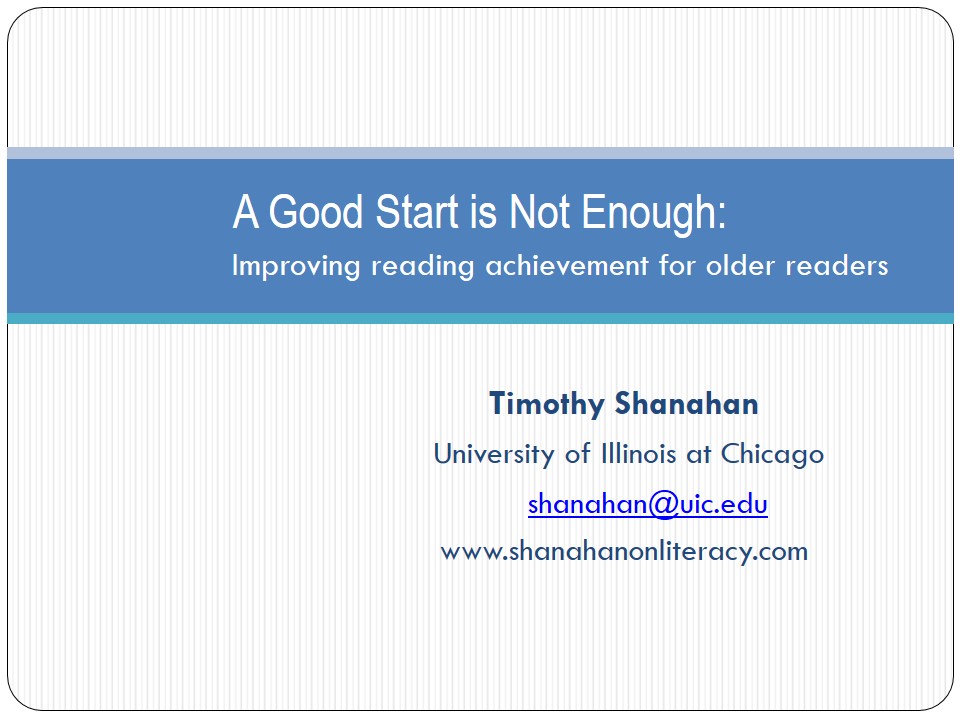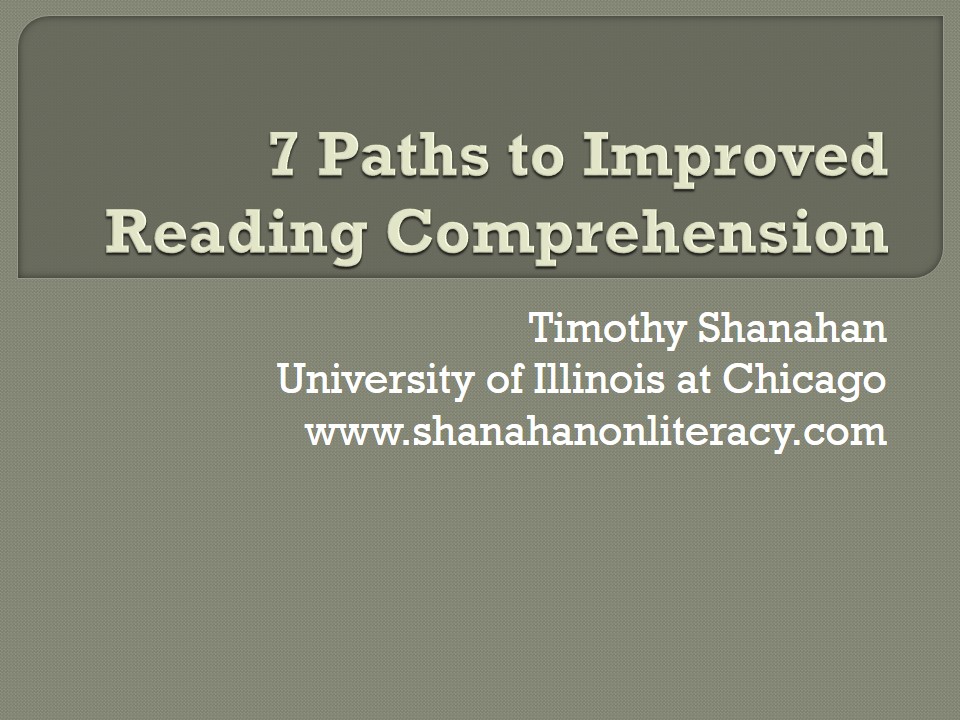Common Core; The Struggle Over Struggle
Common Core; The Struggle Over Struggle
Cory Turner
The third in our four-part series on reading in the Common Core era.
Every set of academic standards has a soul.
Yes, a soul. It's made of varied stuff: part research, part practice, part conviction of its authors.
To find the soul, follow the words that turn up again and again in the winding backwaters and byways of the standards themselves.
A search of the Common Core English Language Arts Standards turns up one remarkable word 105 times. It is "complex" (or "complexity").
Here's an early appearance:
"Rather than focusing solely on the skills of reading and writing, the ELA/literacy standards highlight the growing complexity of the texts students must read to be ready for the demands of college, career, and life."
This idea, that kids really need to grapple with complex reading material, says a lot about the soul of the Common Core. And it's controversial, raising fears among some parents and educators that kids, in the process, are being asked to struggle too much.
We'll unpack that fear — and what it means for young readers to struggle — in just a minute. But first, we need to go back a few years, to understand why this shift toward reading "complexity" is a shift at all.


